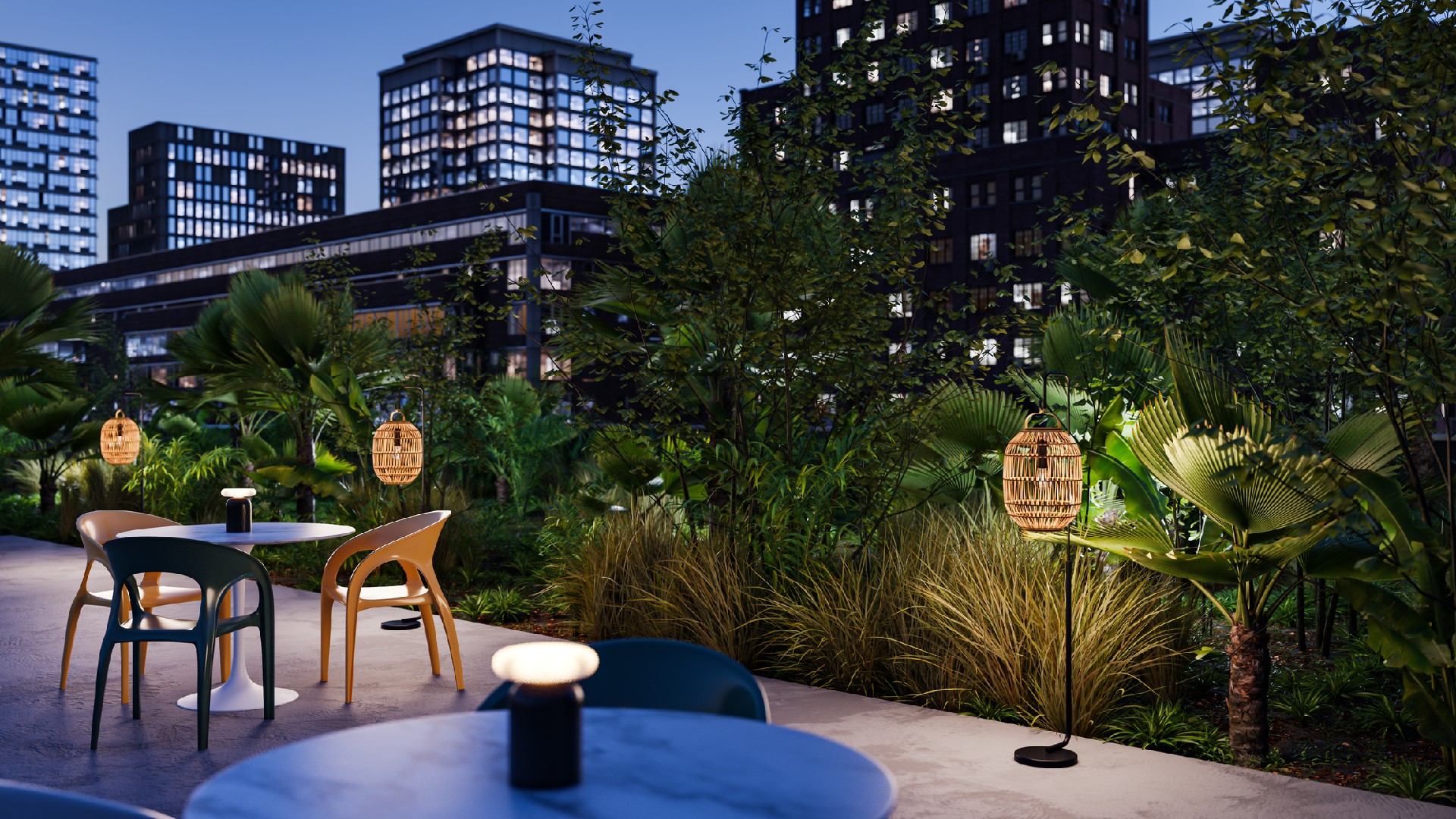![Rectangle]()
Exploring Eco-Friendly Light Sources for Your Garden
When it comes to illuminating your garden in an eco-friendly way, there are several sustainable lighting options to consider. In this section, we will explore three popular choices: solar lights, LED lights, and motion sensor lights. Each option offers its own set of advantages and disadvantages in terms of sustainability, performance, cost, and maintenance. By understanding these factors, you can make an informed decision on the best lighting solution for your garden.
Solar lights are a great option for eco-conscious gardeners. They harness the power of the sun to provide illumination without relying on electricity. Solar lights are typically made up of a solar panel, a battery, and LED bulbs. During the day, the solar panel absorbs sunlight and converts it into energy to charge the battery. At night, the battery powers the LED bulbs, creating a soft and ambient glow in your garden.
One of the main advantages of solar lights is their sustainability. Since they rely on solar power, they have a minimal impact on the environment. Additionally, solar lights are easy to install and require little to no maintenance. However, they may not be suitable for gardens that receive limited sunlight or during cloudy days. It's also important to consider the initial investment, as solar lights tend to have a higher upfront cost compared to other lighting options.
LED lights are another popular choice for sustainable garden lighting. LED stands for Light Emitting Diode, and these lights are known for their energy efficiency and long lifespan. LED bulbs use less energy compared to traditional incandescent bulbs, making them an environmentally friendly choice. They also produce a bright and focused light, perfect for accentuating specific features in your garden.
In terms of maintenance, LED lights require very little attention. They have a long lifespan, often lasting up to 10 years or more. LED lights are also versatile and can be easily integrated into various lighting fixtures, such as spotlights or string lights. However, the initial cost of LED lights may be higher than other options. It's important to consider the long-term savings in energy costs and replacement bulbs when evaluating the overall value.
Motion sensor lights are a practical and sustainable option for garden illumination. These lights are equipped with sensors that detect movement and automatically turn on when someone enters the area. Motion sensor lights are beneficial for security purposes, as they can deter potential intruders. They are also energy-efficient, as they only activate when needed.
When choosing motion sensor lights for your garden, consider the detection range and sensitivity of the sensors. You want to ensure that they cover the desired area effectively. It's also important to take into account the placement of the lights to avoid false activations from animals or objects.
Real-world examples of gardens utilizing these sustainable lighting solutions can inspire you to create an eco-friendly and visually stunning outdoor space. From solar-powered fairy lights illuminating a cozy seating area to LED spotlights highlighting beautiful sculptures, the possibilities are endless.
In conclusion, exploring eco-friendly light sources for your garden is a worthwhile endeavor. Solar lights, LED lights, and motion sensor lights offer sustainable options that not only enhance the beauty of your garden but also minimize your impact on the environment. Consider the pros and cons of each option, and choose the lighting solution that meets your specific needs and preferences. By embracing eco-friendly illumination, you can create a garden that shines brightly while staying true to your values.





